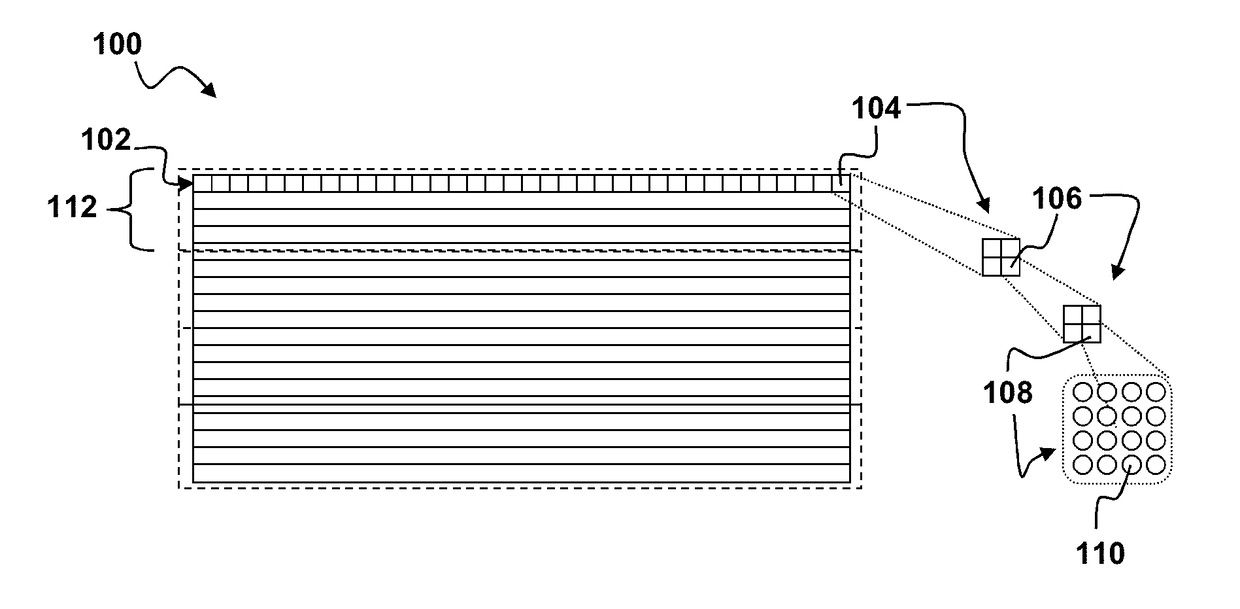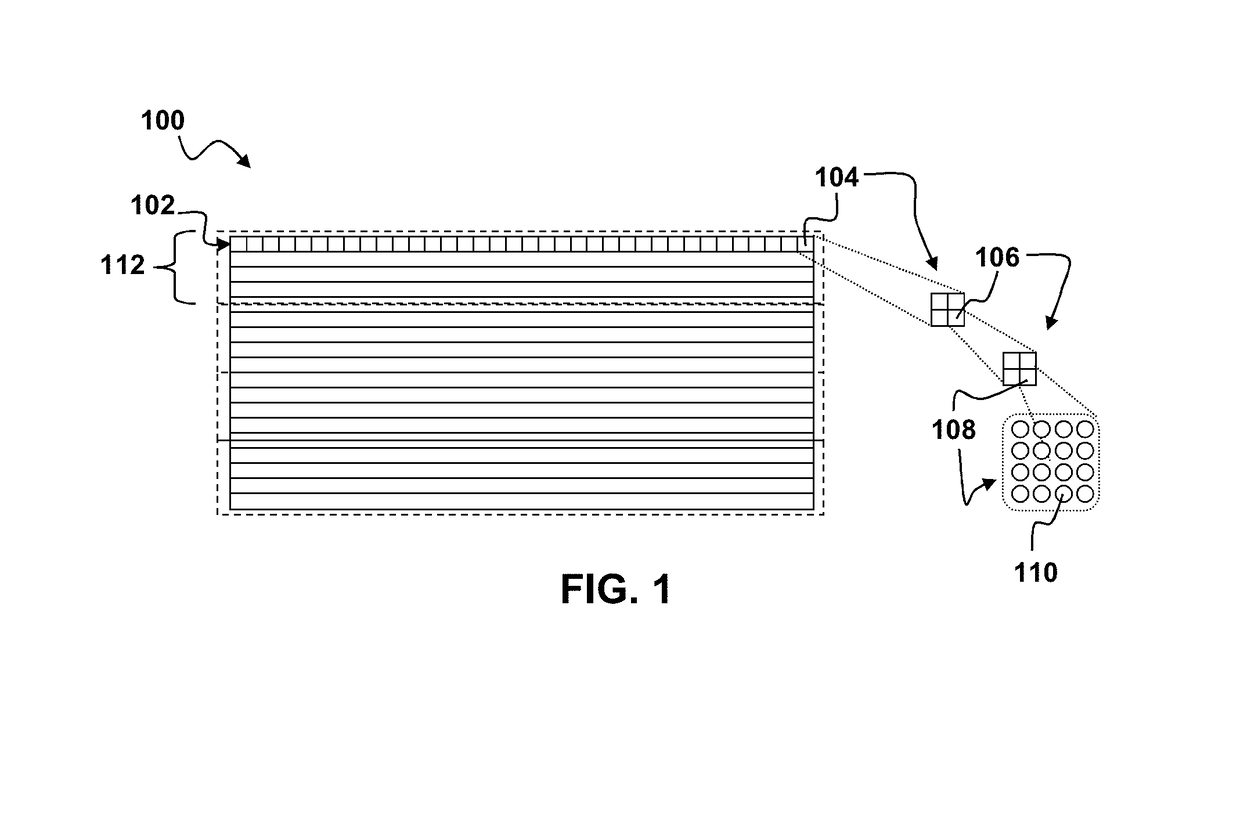Advanced picture quality oriented rate control for low-latency streaming applications
a technology of advanced picture quality and low-latency streaming, applied in the field of rate control of streaming applications, can solve the problems of lossy compression methods, introduce compression artifacts, and high compression at the expense of poor decoded image quality
- Summary
- Abstract
- Description
- Claims
- Application Information
AI Technical Summary
Benefits of technology
Problems solved by technology
Method used
Image
Examples
case 2
n / Out or Zoom-in / Out Scene
[0102]This case is used to handle a very special type of scene, which is quite common, e.g., in game content. Due to hardware and performance concerns, a simple and effective method is developed by which the rate control algorithm counts the number of intra sections (e.g., intra macroblocks) as an indicator to signal a fade-in / out situation. By way of example, and not by way of limitation, a hard threshold value of 15% of macroblocks may be used. By way of example, and not by way of limitation for macroblocks, the values of min_qp_line and max_qp_line may be set as described in the following pseudo-code example.
If (intraSecPercent >= 15) min_qp_line = 24 + MIN (3, (satd_scale-100) / 16) / / where satd_scale, defined above, is used to check the change of SATD in the current line from its co-located line in previous coded P frame. If satd_scale is larger than 100, the scene is becoming complex and QP is also increased by the magnitude of (satd_scale-100) / ...
case 3
otion / Static Scene
[0104]This case is used to handle scenes that are relatively static, i.e., with less motion activity. An example of handling this case is described in U.S. patent application Ser. No. 14 / 529,395, incorporated herein by reference above. Here we refine the process to further improve the picture quality. In the process described in application Ser. No. 14 / 529,395, shown below,
/ / check SATD absolute value, and update min_qp_line if ((noMotion ==1) && (SATD_per_line ≦ TH2)) min_qp_line = min_qp_lines [line_index] +1;
[0105]In the pseudocode above, TH2 is a threshold to control SATD, which may be determined empirically. The quantity min_qp_lines [line_index] is used to keep track of the minimum QP from the first mbline up to the current mbline indexed by mbline_index in the previous predictive frame.
[0106]In this process, the value of min_qp_line is set immediately after the condition is met. According to aspects of the present disclosure, the condition is revised to det...
case 4
r scene.
[0109]Case 4 is used to handle a majority of video scenes. A similar process to Case 2 is developed, and described below.[0110]min_qp_line=24+MIN (3, (satd_scale−100) / 32) / / where satd_scale, defined before, is used to check the change of SATD in current macroblock line from its co-located macroblock line in previous coded P frame. If satd_scale is larger than 100, the scene is becoming complex and QP is also increase by the magnitude of (satd_scale−100) / 16 with a capped value 3.[0111]min_qp_line=MAX (min_qp_line, min_qp_prv_lines [line_index]+INC) / / where INC=[0 . . . 3], depending on the satd_scale.[0112]min_qp_line=min_qp_line+(vbv_status / QP_RATE_INC) / / where QP_RATE_INC=4, and is capped by 5. If vbv_status is positive, max_qp_line is decreased, otherwise max_qp_line is increased.[0113]max_qp_line=picture's first QP+MIN(20, 7+(1[0114]max_qp_line=MAX (max_qp_line, max_qp_prv_lines[line_index]+INC), / / where INC=[0 . . . 3], depending on the value of satd_scale.[0115]max_qp_l...
PUM
 Login to View More
Login to View More Abstract
Description
Claims
Application Information
 Login to View More
Login to View More - R&D
- Intellectual Property
- Life Sciences
- Materials
- Tech Scout
- Unparalleled Data Quality
- Higher Quality Content
- 60% Fewer Hallucinations
Browse by: Latest US Patents, China's latest patents, Technical Efficacy Thesaurus, Application Domain, Technology Topic, Popular Technical Reports.
© 2025 PatSnap. All rights reserved.Legal|Privacy policy|Modern Slavery Act Transparency Statement|Sitemap|About US| Contact US: help@patsnap.com



